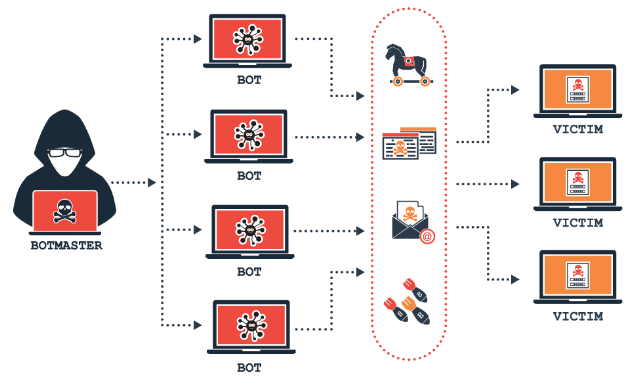We will look at how to create a.NET Core web application using background services in this blog article. Background services are perfect for jobs like scheduling, monitoring, and other asynchronous operations since they are long-running processes that operate separately from the main application thread. In particular, we’ll concentrate on developing InstrumentationService and PeriodicService, two background services.
While the PeriodicService will run on a customizable interval, the InstrumentationService will run continually.
Establishing the Project
To begin, let’s make a brand-new.NET Core web application project. Enter the following command into your terminal or command prompt window:
dotnet new web -n BackgroundServicesDemo
cd BackgroundServicesDemoThis command creates a new .NET Core web application project named BackgroundServicesDemo. Navigate into the project directory.
Add appSettings.json modifications
Creating Background Services
Now, let’s create the background services. We’ll start by creating the InstrumentationService class, which will continuously log information.
Next, let’s create the PeriodicService class, which will run periodically based on a configurable interval.
Registering Background Services
Now, let’s register the background services in the dependency injection container. Open the Program.cs file and update the Main method as follows:
With this setup, the InstrumentationService will run continuously, and the PeriodicService will run periodically based on the configured interval.
Conclusion
In this blog post, we explored how to build a .NET Core web application with background services. We created two background services: InstrumentationService and PeriodicService, and registered them in the dependency injection container. Background services are a powerful feature of .NET Core, enabling developers to perform asynchronous tasks efficiently.
Best and Most Recommended ASP.NET Core 8 Hosting
Fortunately, there are a number of dependable and recommended web hosts available that can help you gain control of your website’s performance and improve your ASP.NET Core 8 web ranking. HostForLIFEASP.NET is highly recommended. In Europe, HostForLIFEASP.NET is the most popular option for first-time web hosts searching for an affordable plan.
Their standard price begins at only € 3.49 per month. Customers are permitted to choose quarterly and annual plans based on their preferences. HostForLIFEASP.NET guarantees “No Hidden Fees” and an industry-leading ’30 Days Cash Back’ policy. Customers who terminate their service within the first thirty days are eligible for a full refund.
By providing reseller hosting accounts, HostForLIFEASP.NET also gives its consumers the chance to generate income. You can purchase their reseller hosting account, host an unlimited number of websites on it, and even sell some of your hosting space to others. This is one of the most effective methods for making money online. They will take care of all your customers’ hosting needs, so you do not need to fret about hosting-related matters.







